This early survivor of the pioneering days of internal combustion-engined transportation was manufactured at the American Cycle Manufacturing Company’s Western Wheel Works in Chicago, Illinois. Crescent was one of the company’s extensive portfolio of makes, which also included Cleveland, Columbia, Imperial, Monarch, Rambler and Tribune. The machine comes with a file of related literature, including a (copy) magazine article published in Classic Cycle Review (May 1991 edition) entitled, ‘The Case of the Mysterious Crescent’ by Alex Stevenson, from which we quote below. ‘Reduced to total basics, the Crescent is a turn-of-the-century shaft drive bicycle fitted with a two-stroke power-plant. If it were just that simple, the Crescent would be a valuable and interesting piece just because of its age; there aren't a lot of very early motorcycles left. But it's not that simple. This is a very elegant machine, with Baroque brasswork suitable for an opera house or a bordello. The Crescent is decorated beyond any other motorcycle, and it stands apart from its contemporaries like a diamond stickpin stands apart from safety pins. And yet it's very functional. The mechanical construction of the Crescent is more solid and sensible than any of the motor-wheel type contrivances, for example. ‘The carbide headlight is from Twentieth Century. The only dated piece on the machine is the carburettor, a Schebler unit with patent 1902 cast into its upper side. The obviously later plumbing intake tube might seem to indicate that the carb is a more modern add on, but the argument against this is on the fuel tank itself: One of the levers controls the throttle. Just the fact that it has a throttle control is remarkable. Most of these very early motorcycle engines had a speed control by spark advance only: you retarded or advanced depending on how fast you wanted to go. ‘The other two tank levers are a clutch for the round leather drive belt, and a compression release, which is an extremely crude affair: the arm simply operates a petcock in the cylinder head. ‘The fancy sight glass under the seat is the oiler for the big bearings. The hand grips are cork, which is an odd material for that use, but no odder that some other materials choices on the Crescent. Wood is used extensively, which isn't that strange considering there were bicycles being made at the time that had fully wooden frames, with metal reinforcements at the crucial bends. Wooden wheels were of course the norm for bicycles of the period. The wooden fender is bordering on the exotic, as is the rear motor mount. The really odd wooden bits are the engine pulley and the idler pulley. Altogether, the Crescent weighs only 80 pounds.’ The Crescent’s owner at the time the article was written was one Ray Dubel, of Waltham, Massachusetts, who it offered for sale at Jerry Wood’s Daytona auction where it sold after the event. Further documents and correspondence on file show that Brian Verrall began researching the Crescent’s history in 2002, presumably soon after purchase, while in a copy of a letter to Phil Saunders (dated 2004), Brian states that he bought it in Ireland from Harry Lindsey, the latter having been the purchaser at the Daytona auction. The machine is not registered in the UK.
This early survivor of the pioneering days of internal combustion-engined transportation was manufactured at the American Cycle Manufacturing Company’s Western Wheel Works in Chicago, Illinois. Crescent was one of the company’s extensive portfolio of makes, which also included Cleveland, Columbia, Imperial, Monarch, Rambler and Tribune. The machine comes with a file of related literature, including a (copy) magazine article published in Classic Cycle Review (May 1991 edition) entitled, ‘The Case of the Mysterious Crescent’ by Alex Stevenson, from which we quote below. ‘Reduced to total basics, the Crescent is a turn-of-the-century shaft drive bicycle fitted with a two-stroke power-plant. If it were just that simple, the Crescent would be a valuable and interesting piece just because of its age; there aren't a lot of very early motorcycles left. But it's not that simple. This is a very elegant machine, with Baroque brasswork suitable for an opera house or a bordello. The Crescent is decorated beyond any other motorcycle, and it stands apart from its contemporaries like a diamond stickpin stands apart from safety pins. And yet it's very functional. The mechanical construction of the Crescent is more solid and sensible than any of the motor-wheel type contrivances, for example. ‘The carbide headlight is from Twentieth Century. The only dated piece on the machine is the carburettor, a Schebler unit with patent 1902 cast into its upper side. The obviously later plumbing intake tube might seem to indicate that the carb is a more modern add on, but the argument against this is on the fuel tank itself: One of the levers controls the throttle. Just the fact that it has a throttle control is remarkable. Most of these very early motorcycle engines had a speed control by spark advance only: you retarded or advanced depending on how fast you wanted to go. ‘The other two tank levers are a clutch for the round leather drive belt, and a compression release, which is an extremely crude affair: the arm simply operates a petcock in the cylinder head. ‘The fancy sight glass under the seat is the oiler for the big bearings. The hand grips are cork, which is an odd material for that use, but no odder that some other materials choices on the Crescent. Wood is used extensively, which isn't that strange considering there were bicycles being made at the time that had fully wooden frames, with metal reinforcements at the crucial bends. Wooden wheels were of course the norm for bicycles of the period. The wooden fender is bordering on the exotic, as is the rear motor mount. The really odd wooden bits are the engine pulley and the idler pulley. Altogether, the Crescent weighs only 80 pounds.’ The Crescent’s owner at the time the article was written was one Ray Dubel, of Waltham, Massachusetts, who it offered for sale at Jerry Wood’s Daytona auction where it sold after the event. Further documents and correspondence on file show that Brian Verrall began researching the Crescent’s history in 2002, presumably soon after purchase, while in a copy of a letter to Phil Saunders (dated 2004), Brian states that he bought it in Ireland from Harry Lindsey, the latter having been the purchaser at the Daytona auction. The machine is not registered in the UK.
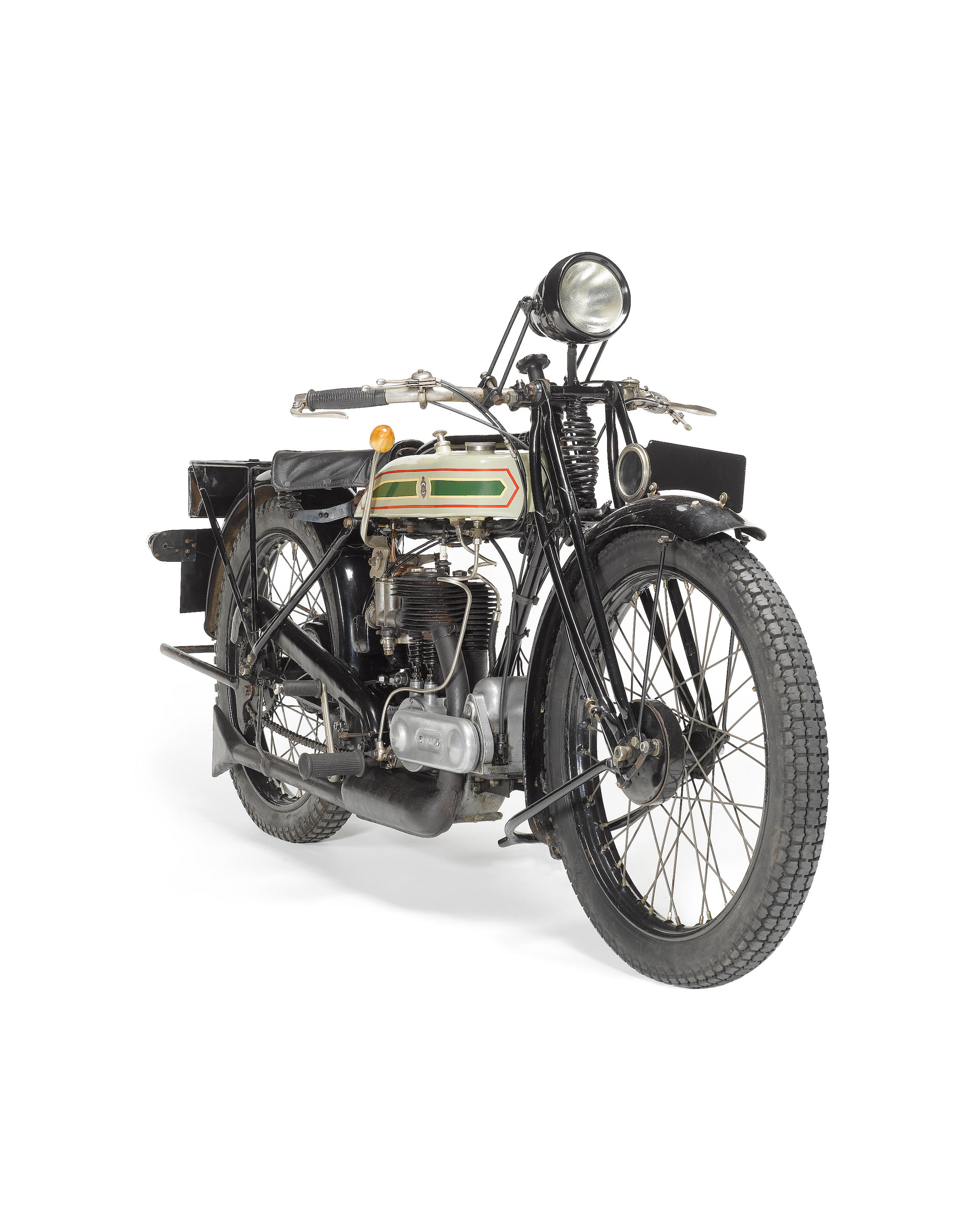
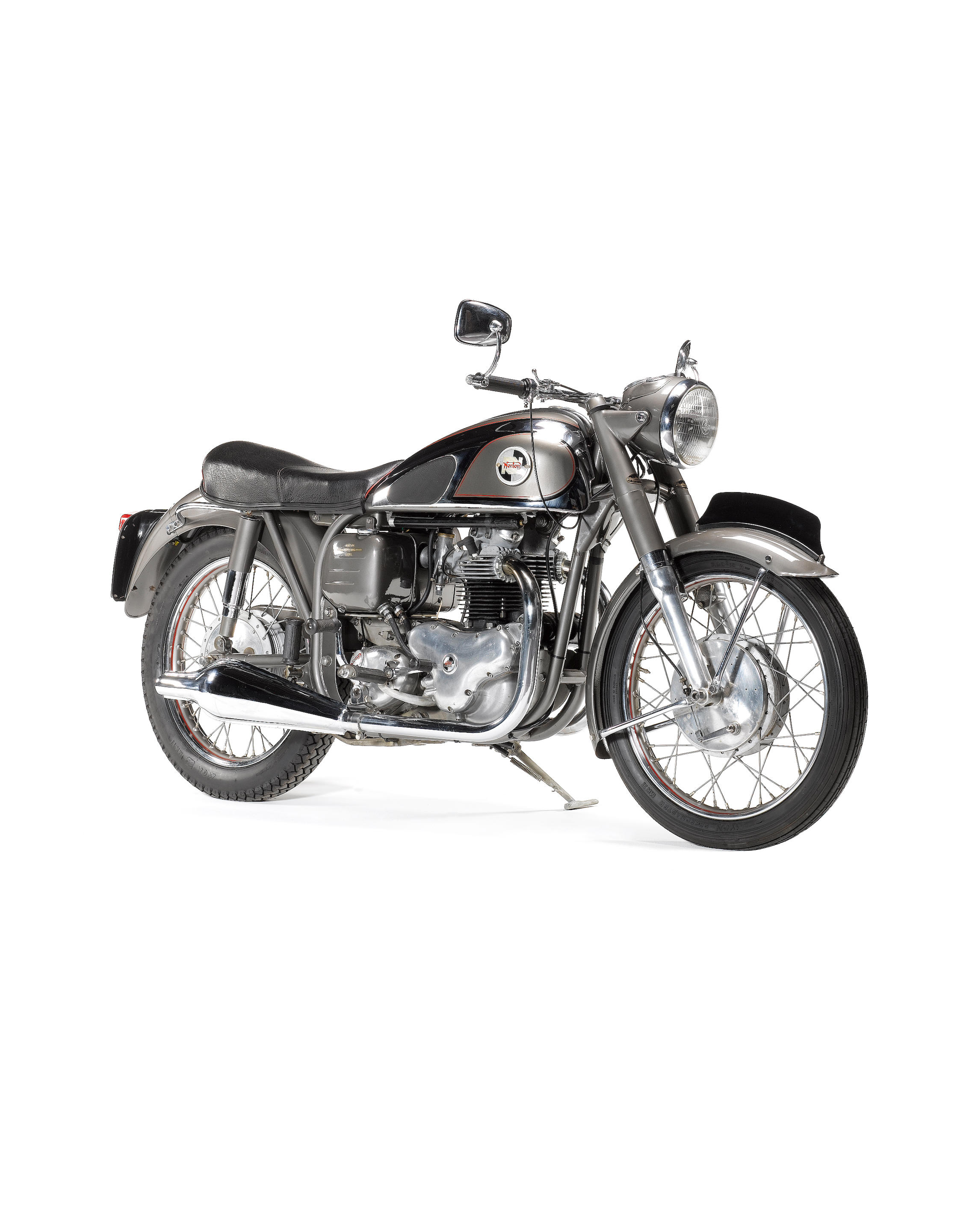
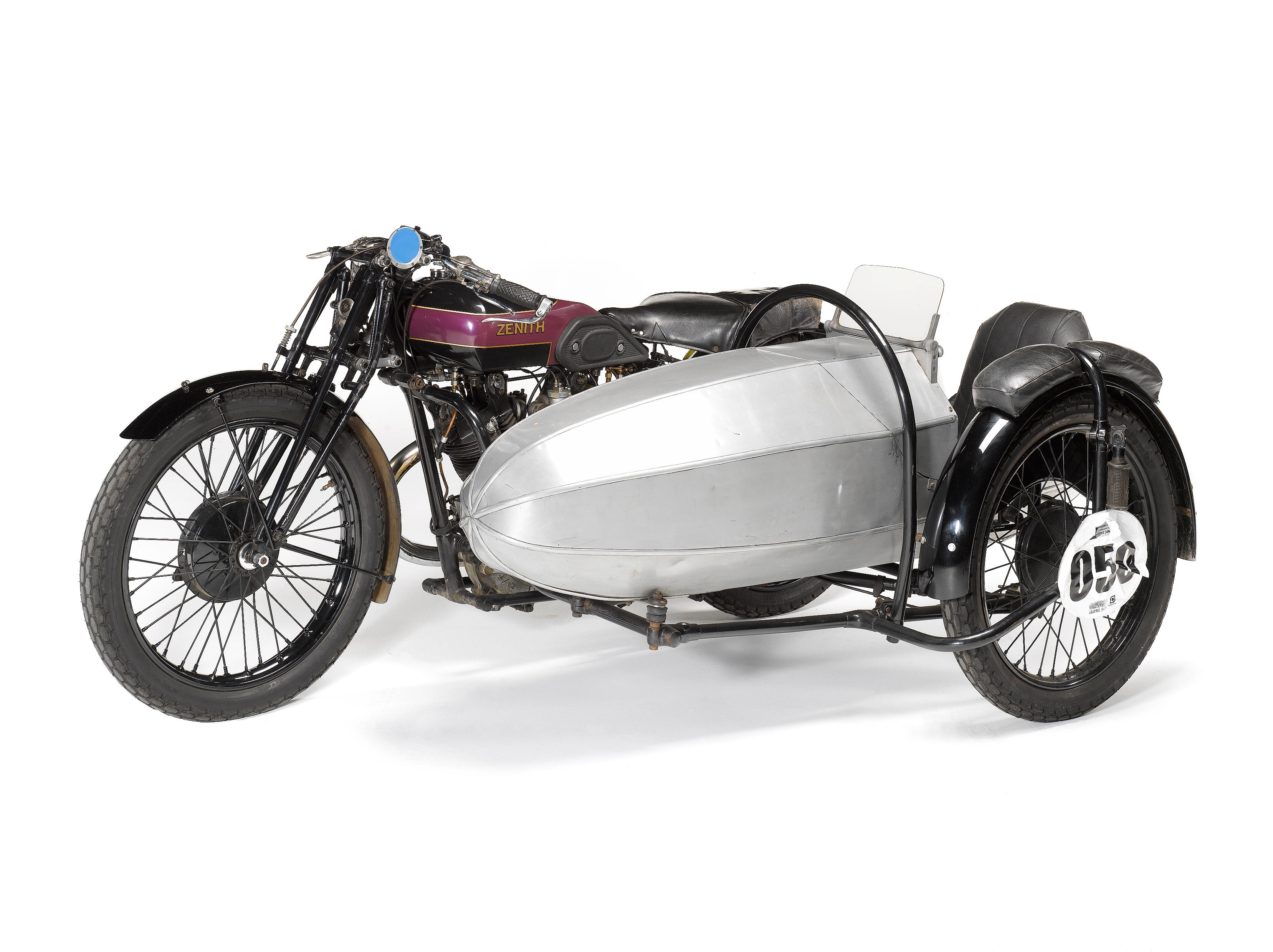
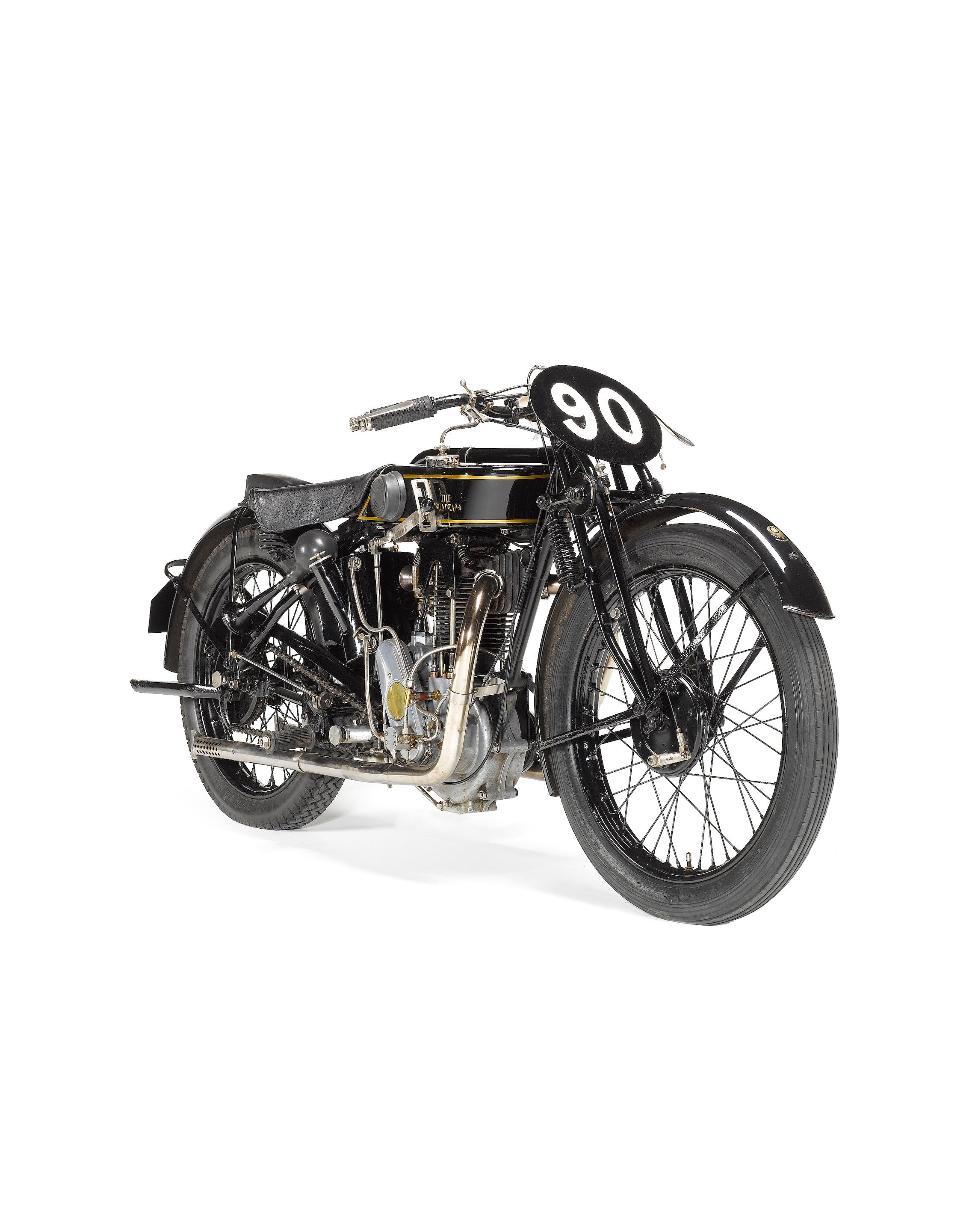
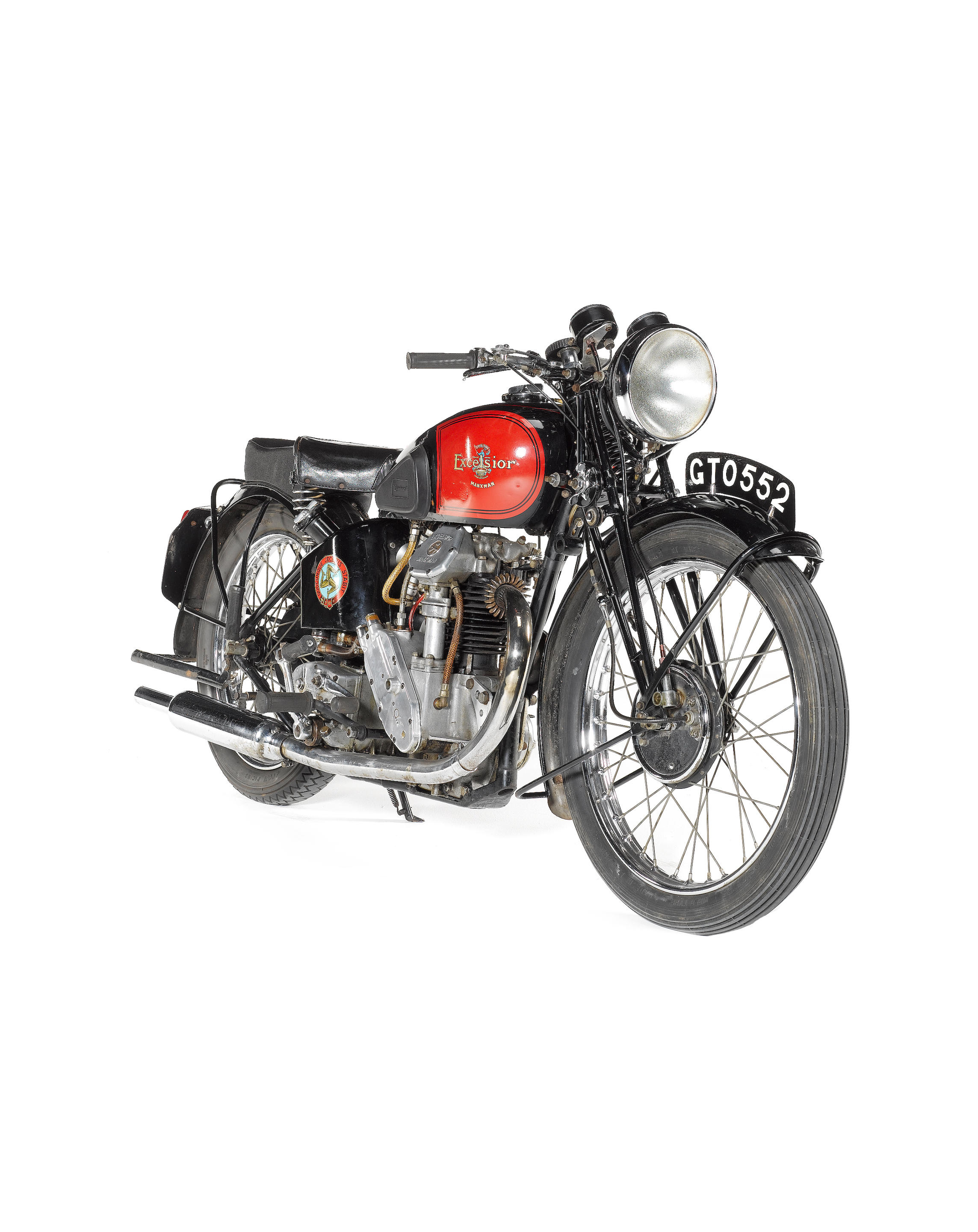
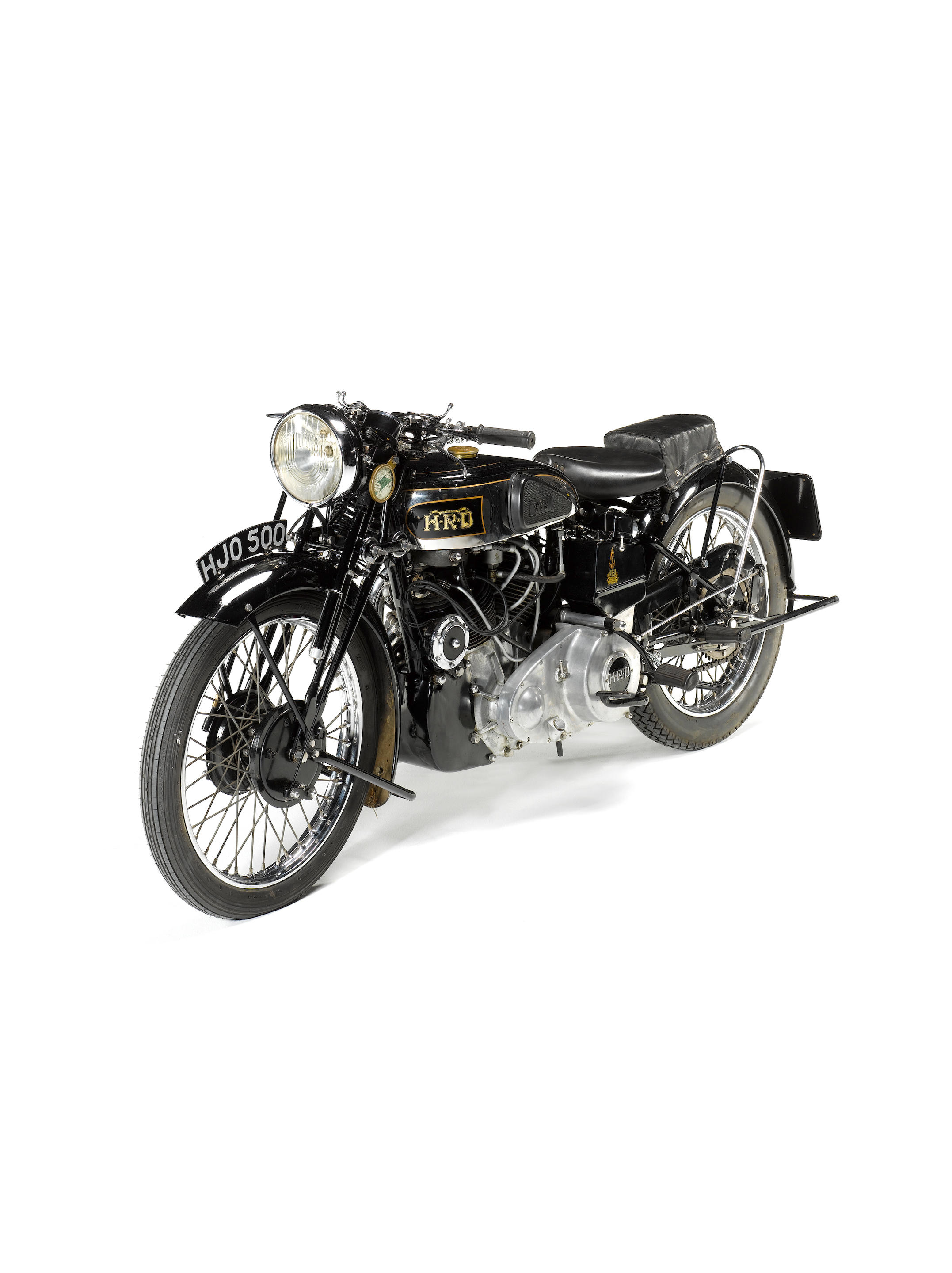
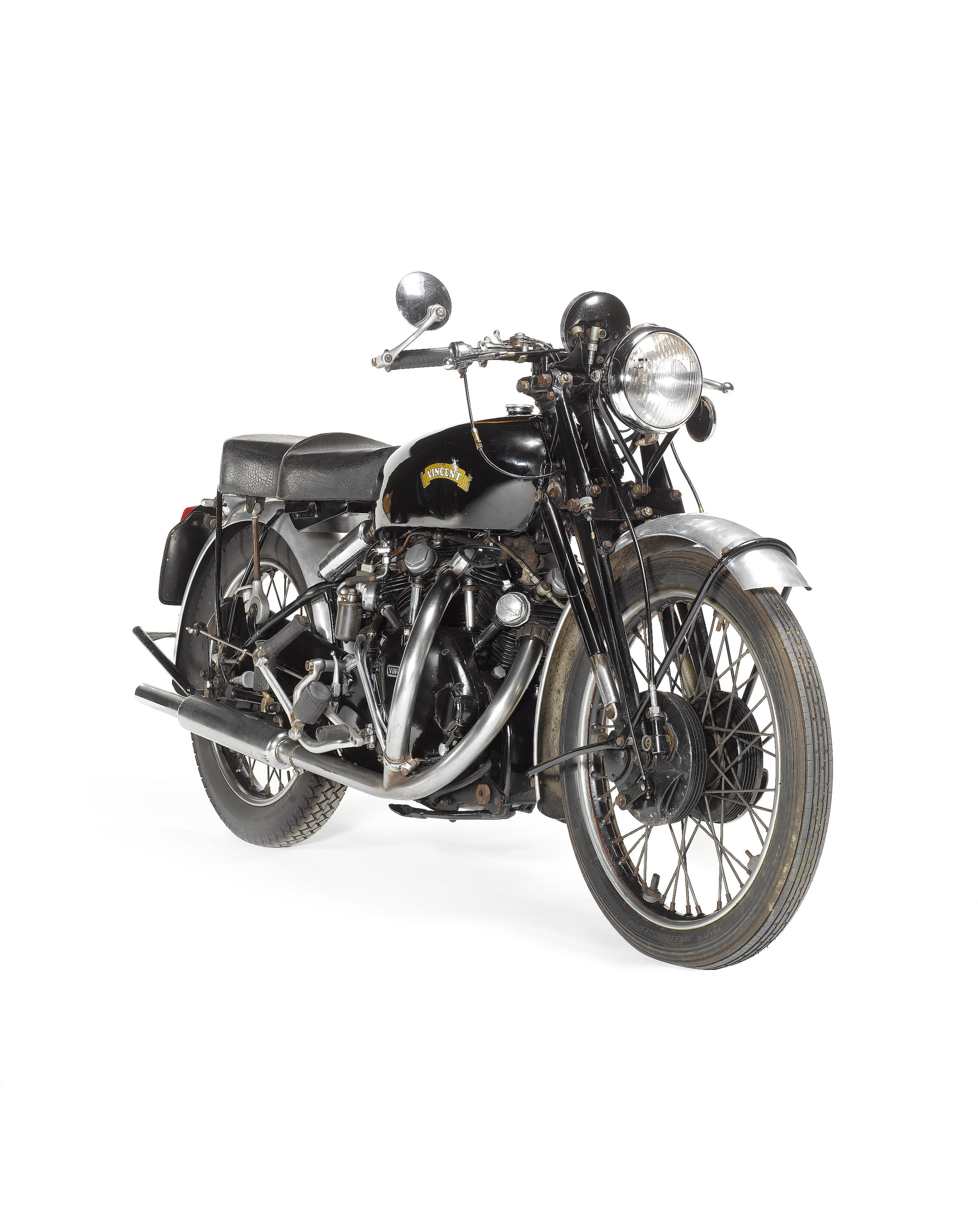
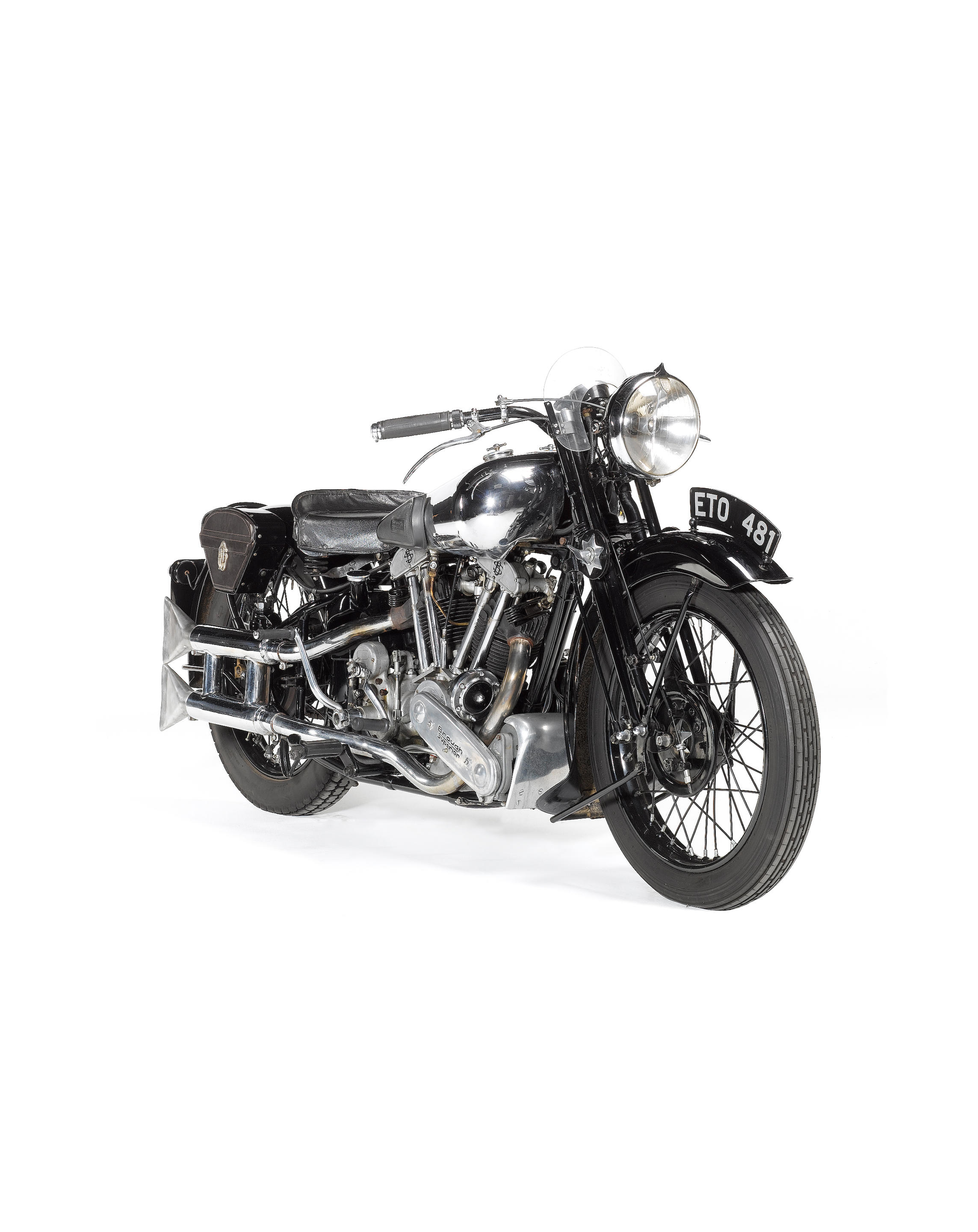
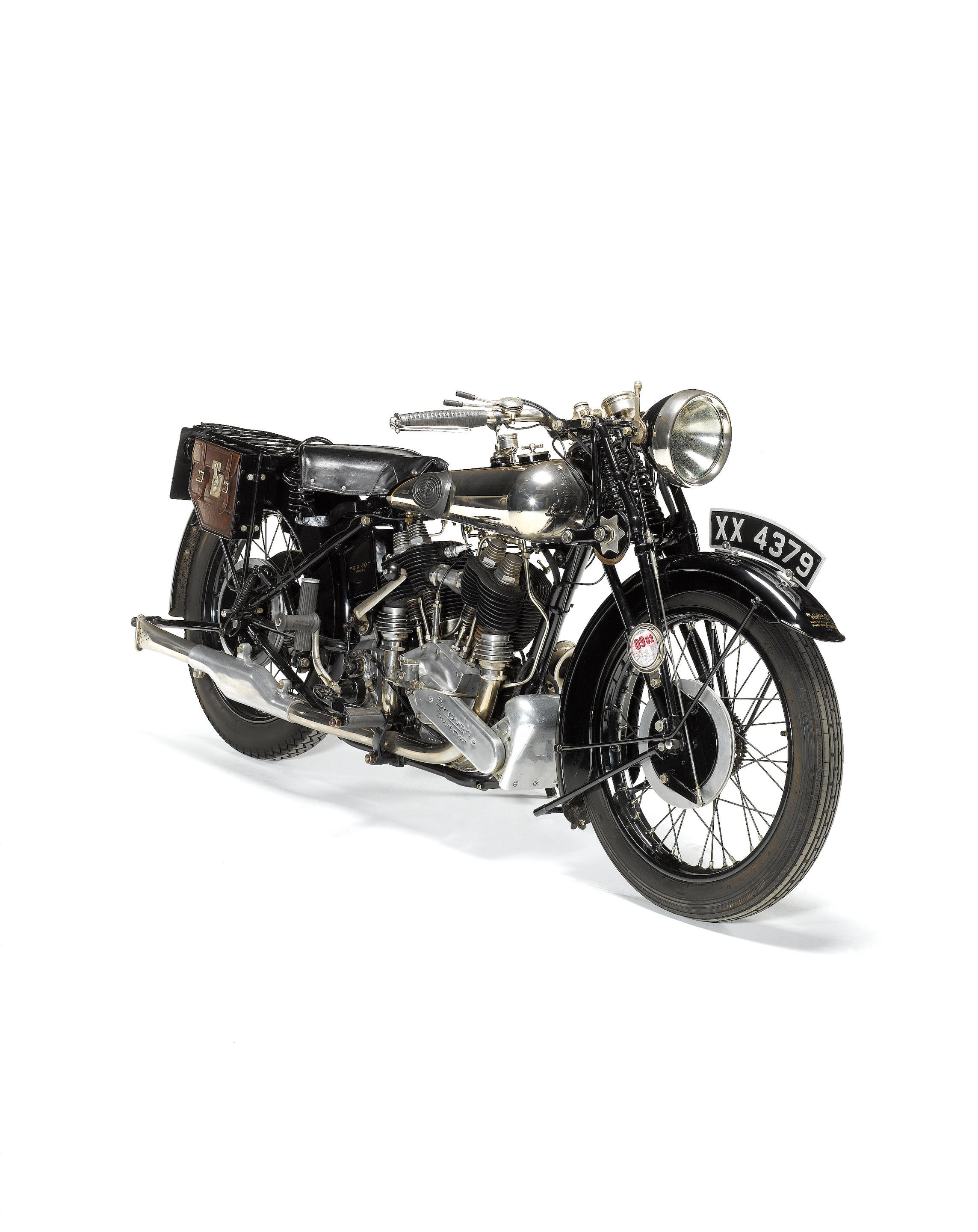
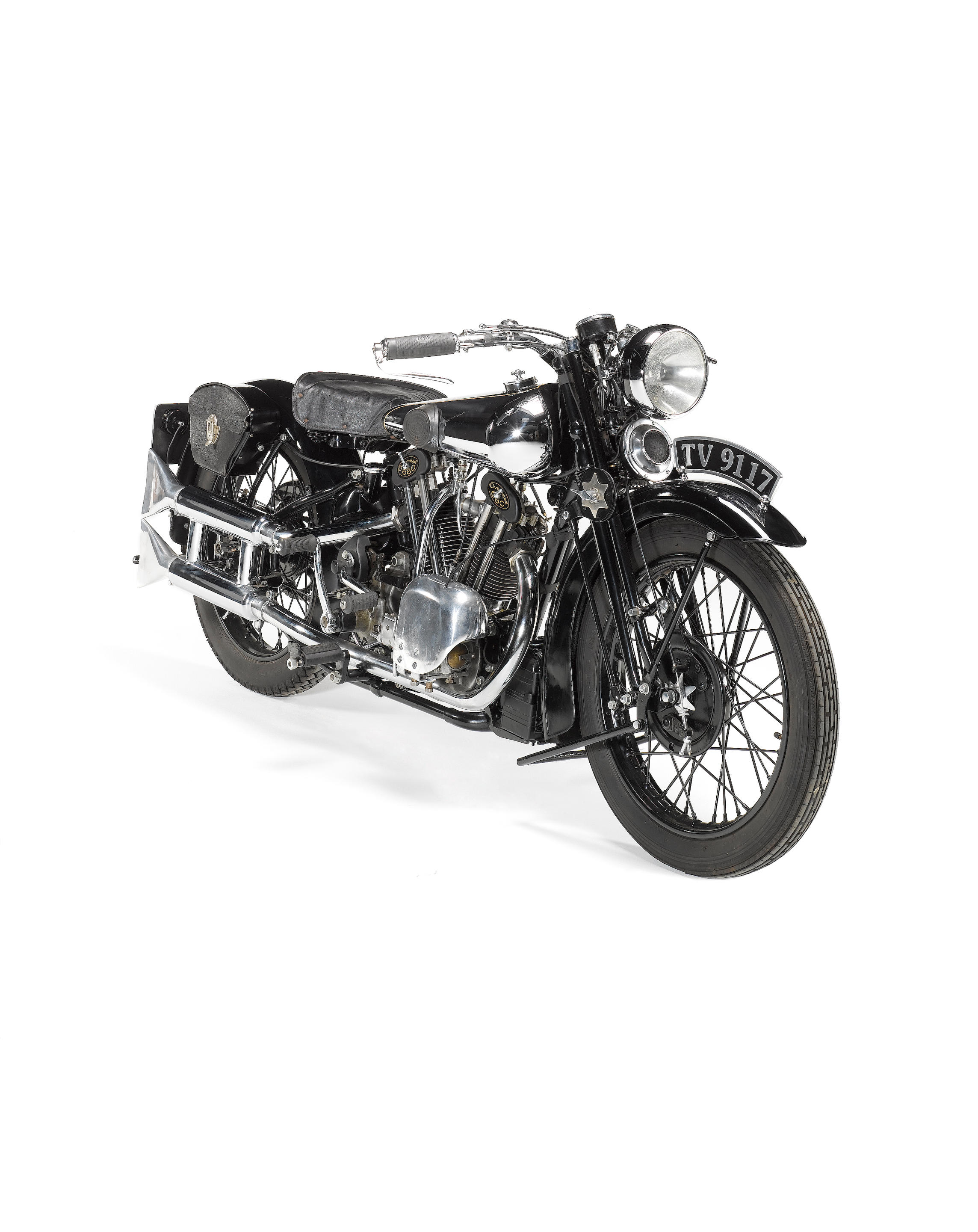
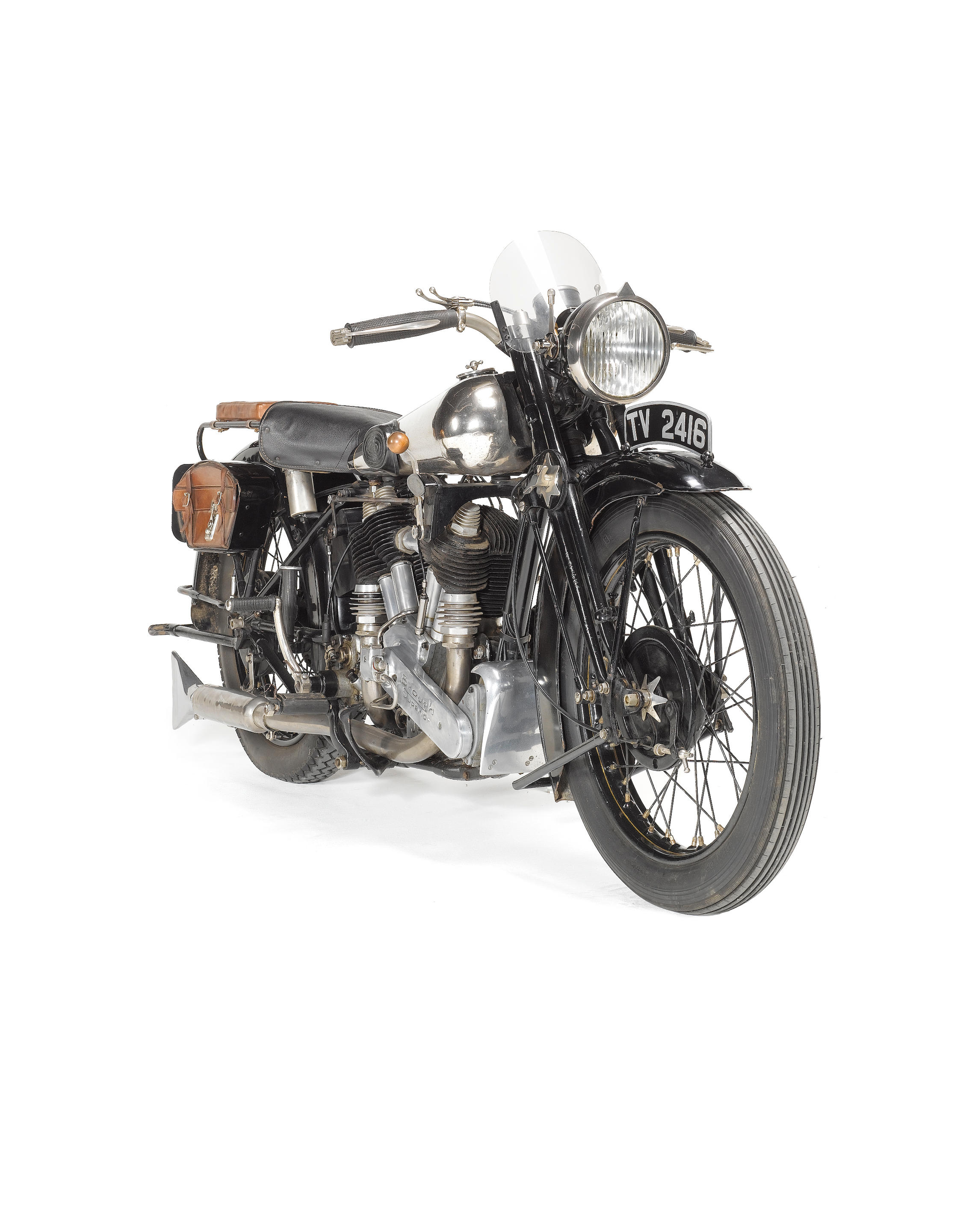
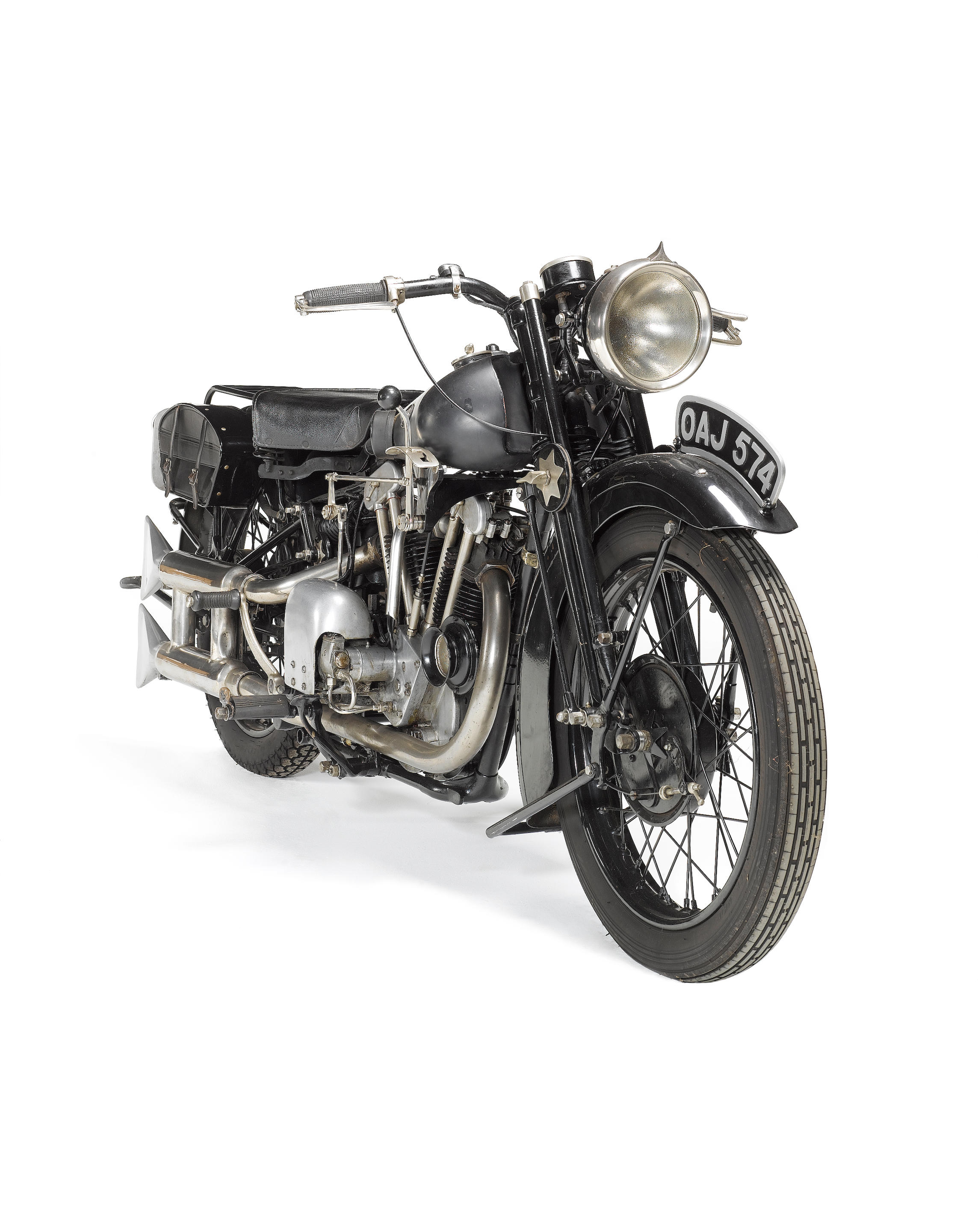
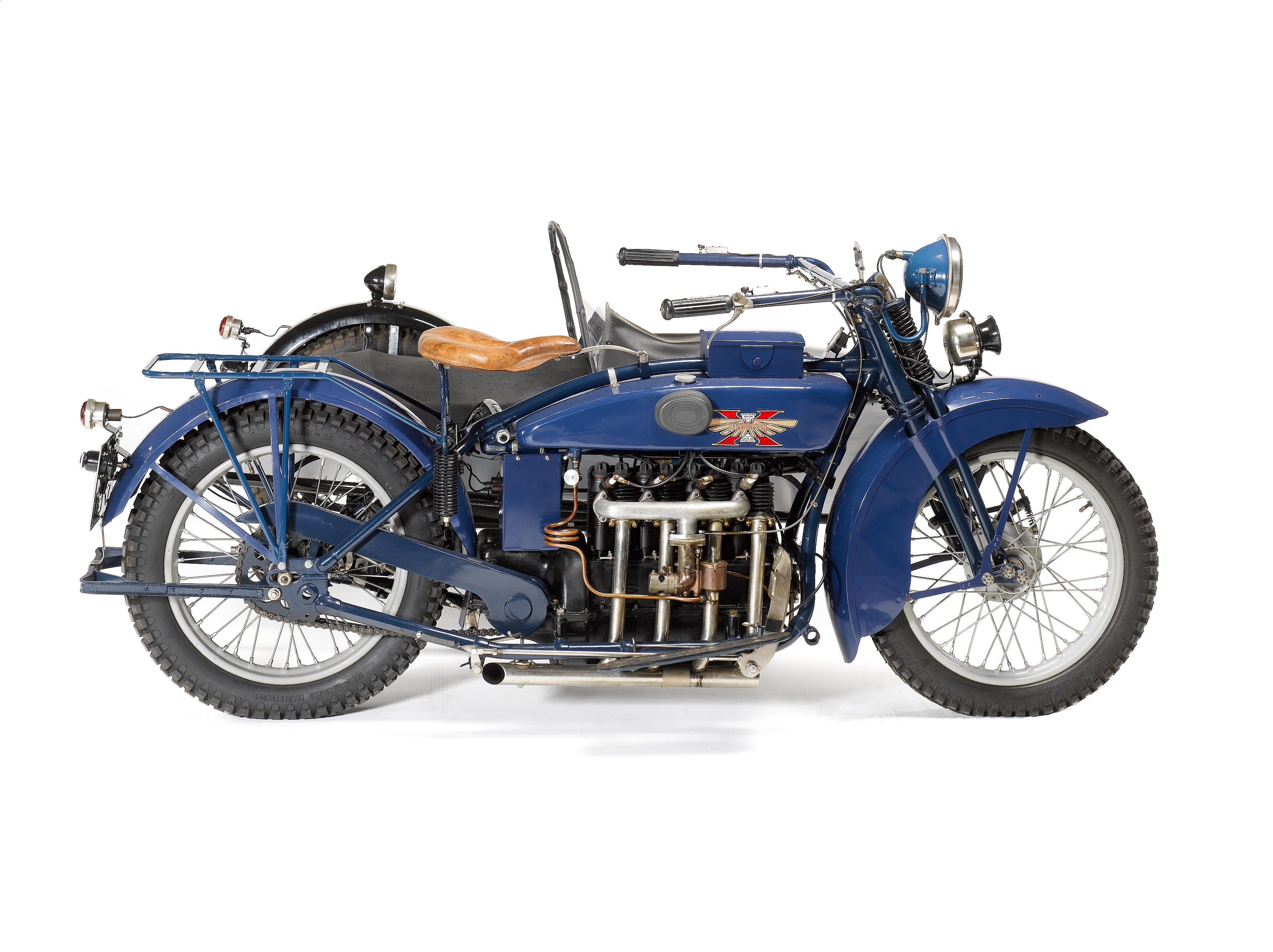
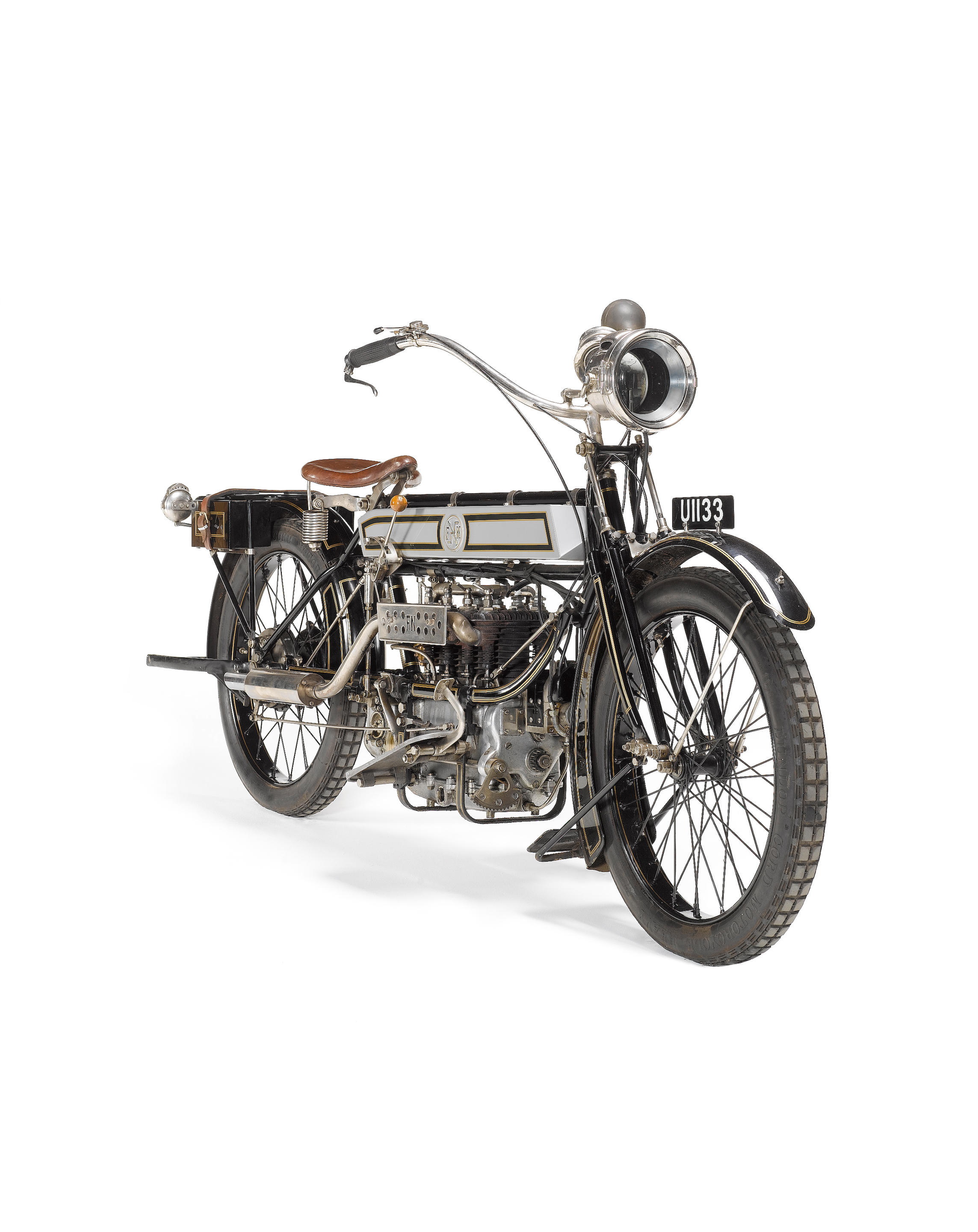

Testen Sie LotSearch und seine Premium-Features 7 Tage - ohne Kosten!
Lassen Sie sich automatisch über neue Objekte in kommenden Auktionen benachrichtigen.
Suchauftrag anlegen